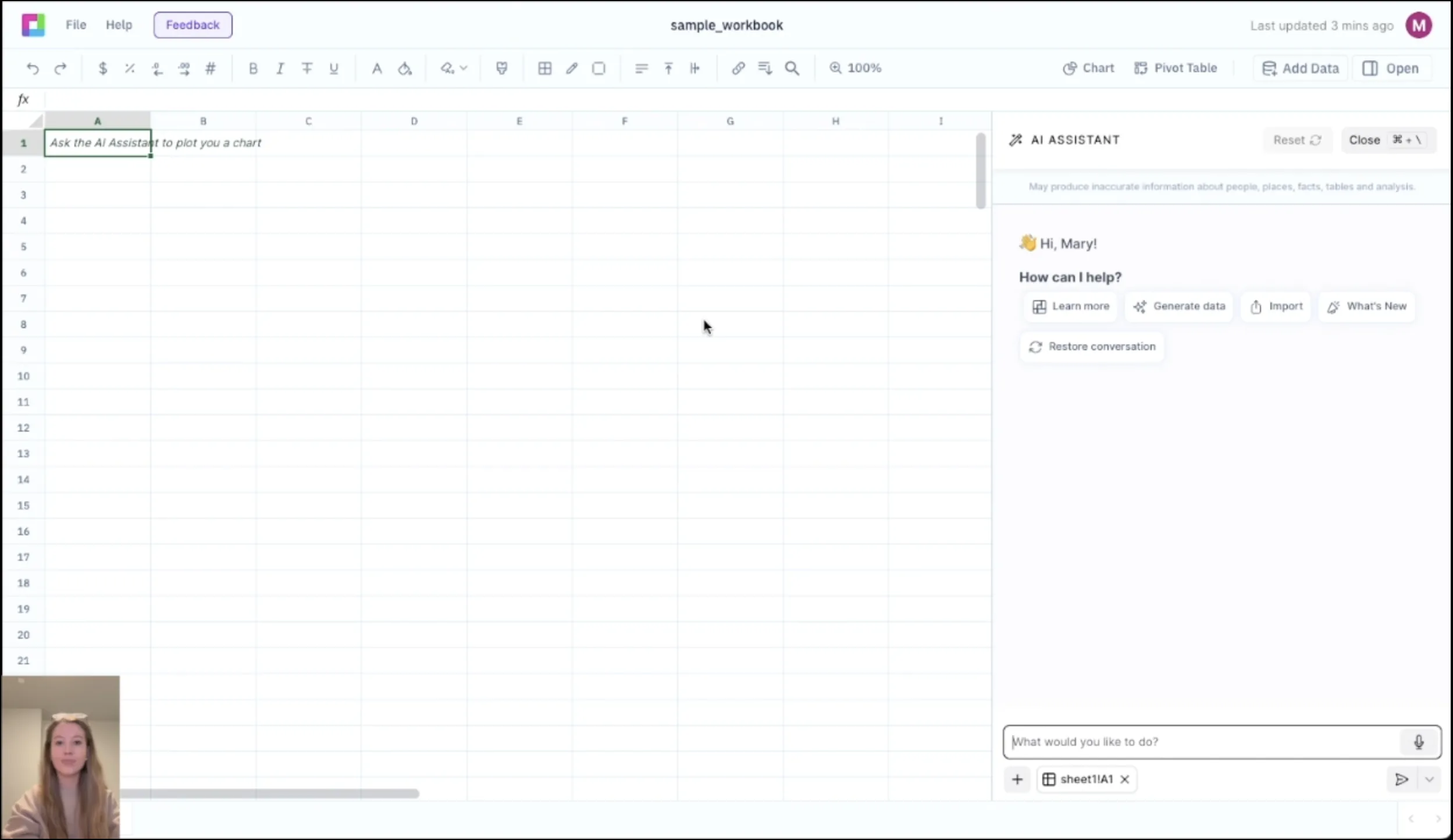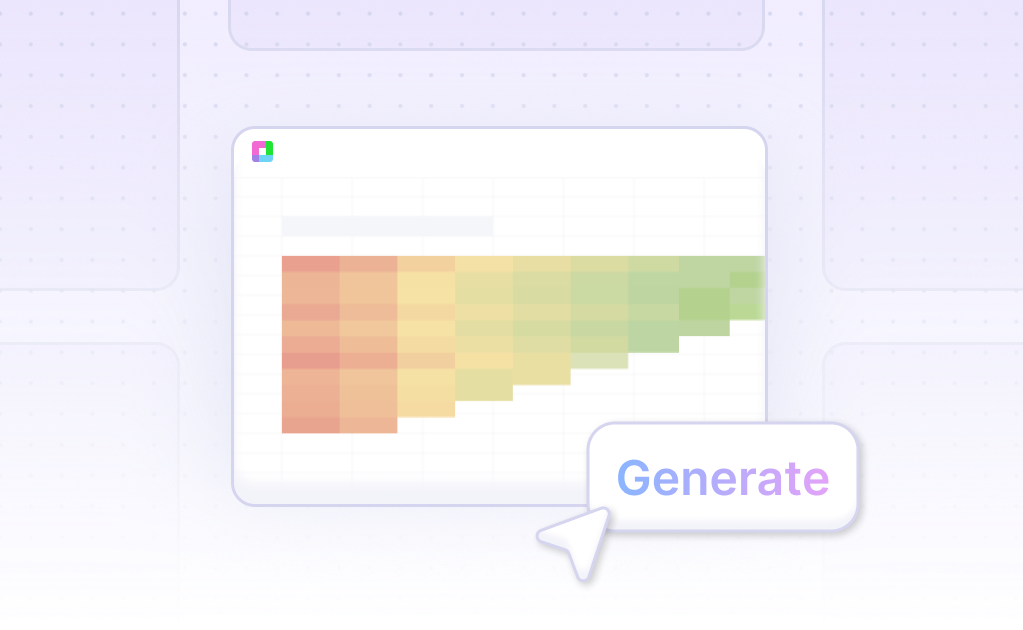
Master Sector Rotation with Professional Market Cycle Analysis
Sector rotation is a key investment strategy that capitalizes on different sectors' performance during various market cycles and economic phases. Our Sector Rotation Analysis template provides comprehensive tools to analyze sector performance, identify rotation opportunities, and optimize sector allocation with institutional-quality analytics.
From market cycle analysis to rotation timing, optimize sector allocation strategies. Built for equity research analysts, portfolio managers, and institutional investors, this template helps you identify sector rotation opportunities, analyze market cycles, and implement tactical allocation strategies.
Comprehensive Sector Performance Analysis
Sector Performance Tracking
Track sector performance across time periods with relative strength analysis, momentum indicators, and performance attribution. Compare sector returns against market benchmarks and peer sectors.
Market Cycle Identification
Identify market cycles and economic phases with leading indicators, yield curve analysis, and macroeconomic data. Analyze sector sensitivity to different market regimes.
Sector Leadership Analysis
Identify sector leadership changes with momentum analysis, breadth indicators, and relative performance metrics. Track sector rotation patterns and leadership transitions.
Economic Sensitivity Assessment
Assess sector sensitivity to economic factors including interest rates, inflation, GDP growth, and commodity prices. Analyze cyclical versus defensive sector characteristics.
Sector Rotation Strategies & Implementation
Rotation Timing Models
Develop rotation timing models with technical indicators, fundamental signals, and macroeconomic triggers. Implement systematic rotation strategies based on market cycle phases.
Tactical Allocation Framework
Design tactical allocation frameworks with overweight/underweight recommendations, allocation ranges, and rebalancing triggers. Optimize sector weights based on expected returns and risk.
Risk Management & Hedging
Implement risk management strategies with sector hedging, correlation analysis, and position sizing. Manage sector concentration risk and style drift.
Performance Attribution & Evaluation
Evaluate rotation strategy performance with attribution analysis, risk-adjusted returns, and benchmark comparison. Track strategy effectiveness and optimization opportunities.
Frequently Asked Questions
How does it identify sector rotation opportunities?
The template identifies rotation opportunities through relative strength analysis, momentum indicators, and market cycle identification. It tracks sector leadership changes and economic sensitivity patterns.
Can it analyze different market cycles?
Yes, the template analyzes market cycles with leading indicators, yield curve analysis, and macroeconomic data. It identifies economic phases and sector sensitivity to different market regimes.
How does it develop rotation timing models?
The template develops timing models using technical indicators, fundamental signals, and macroeconomic triggers. It implements systematic rotation strategies based on market cycle phases.
Does it include risk management features?
The template includes comprehensive risk management with sector hedging, correlation analysis, and position sizing. It manages sector concentration risk and style drift.
How does it evaluate strategy performance?
The template evaluates performance with attribution analysis, risk-adjusted returns, and benchmark comparison. It tracks strategy effectiveness and identifies optimization opportunities.
Related Stock Market Tools
Connect your most-used data sources and tools to Sourcetable for seamless analysis.
Frequently Asked Questions
If you question is not covered here, you can contact our team.
Contact Us





